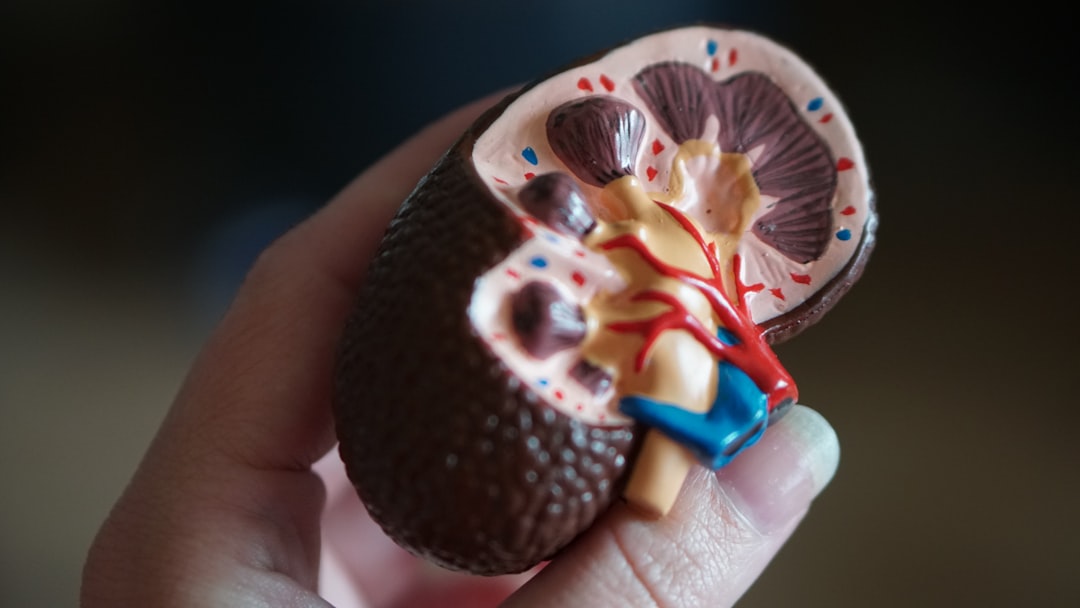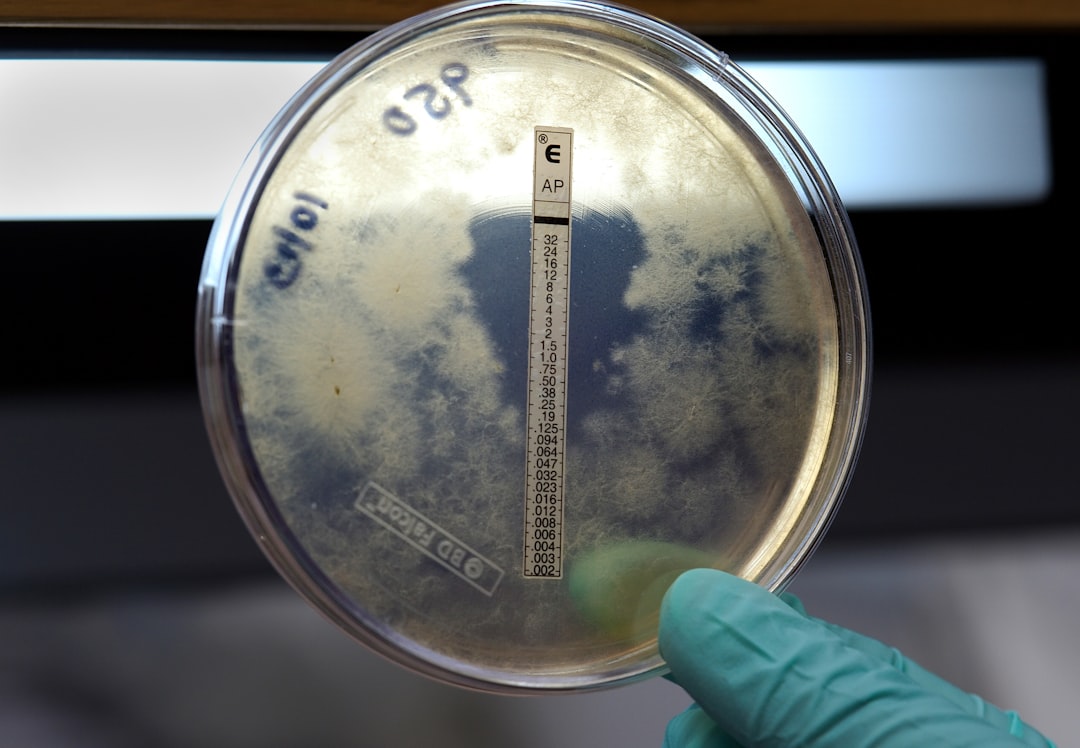What is it about?
Deciphering bacterial division mechanisms is required for discovering new antibacterial targets. Using a state-of-the art microscopy technique, this work provides insight at the nanoscale into the assembly of a key protein complex along the cell cycle of S. pneumoniae, a major human pathogen.
Featured Image
Why is it important?
The Gram-positive human pathogen S. pneumoniae is responsible for 1.6 million deaths per year worldwide and is increasingly resistant to various antibiotics. Our work focuses on FtsZ, which is a promising new antimicrobial target, as its inhibition leads to cell death. A precise view of the Z-ring architecture in vivo is essential to understand the mode of action of inhibitory drugs. This is notably true in ovococcoid bacteria like S. pneumoniae, in which FtsZ is the only known cytoskeletal protein. We have used superresolution microscopy to obtain molecular details of the pneumococcus Z-ring that have so far been inaccessible with conventional microscopy. This study provides a nanoscale description of the Z-ring architecture and remodeling during the division of ovococci.
Read the Original
This page is a summary of: Remodeling of the Z-Ring Nanostructure during the Streptococcus pneumoniae Cell Cycle Revealed by Photoactivated Localization Microscopy, mBio, August 2015, ASM Journals,
DOI: 10.1128/mbio.01108-15.
You can read the full text:
Contributors
The following have contributed to this page










